ARTICLE AD BOX
The prosecution examined 323 witnesses and cited technical evidence including Call Data Records and voice samples. 26 witnesses died awaiting their turn to depose in court, while 39 witnesses turned hostile.
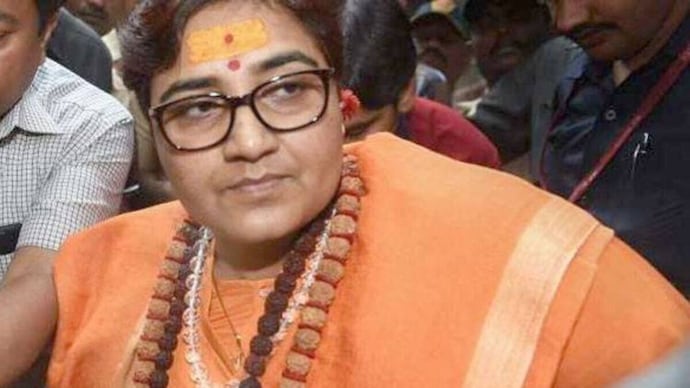
Among the key accused, former BJP MP Sadhvi Pragya Singh Thakur, alleged torture by the ATS during the investigation.
A special court in Mumbai will pronounce the judgment on July 31 in the Malegaon 2008 blast case, where seven accused are facing trial. The accused include former BJP MP Sadhvi Pragya Singh Thakur, Lt Col Prasad Purohit, Major (Retd) Ramesh Upadhyay, Sudhakar Chaturvedi, Ajay Rahirkar, and Sudhakar Dhar Dwivedi.
The Blast and Initial Investigation
On September 29, 2008, a bomb went off on a two-wheeler at Bhiku Chowk in Malegaon, killing six and injuring 101 people. The deceased were Farheen alias Shagufta Shaikh Liyakat, Shaikh Mushtaq Shaikh Yusuf, Shaikh Rafiq Shaikh Mustafa, Irfan Jiyaullah Khan, Sayyed Ajhar Sayyed Nisar, and Harun Shaha Mohammad Shaha.
An FIR was initially registered by local police and the case was later handed over to the Anti-Terrorism Squad (ATS).
ATS alleged that an organization called Abhinav Bharat functioned as an organised crime syndicate, active since 2003. The ATS named 16 people in the chargesheet, including Pragya Singh Thakur, Lt Col Purohit, Upadhyay, and several others.
The first clue came from an LML Freedom motorcycle with a fake registration (MH-15-P-4572) found at the site. The engine and chassis numbers had been tampered with. After forensic analysis, the real registration—GJ-05-BR-1920—was traced back to Pragya Singh Thakur.
Thakur was arrested on October 23, 2008, along with accused Shivnarayan Kalsangra and Shyam Bhavarlal Shau. By November 2008, 11 people had been arrested, and ATS invoked the stringent MCOCA (Maharashtra Control of Organised Crime Act, 1999) against them.
Allegations and Conspiracy
According to the prosecution, Lt Col Purohit allegedly brought RDX from Kashmir and stored it at his house in Maharashtra. The bomb was allegedly assembled in the house of Sudhakar Chaturvedi in the Deolali army cantonment area.
ATS claimed that the motorcycle bomb was planted and triggered by Praveen Takkalki, Ramji Kalsangra, and Sandeep Dange, all acting under a broader conspiracy.
The location—Malegaon, a Muslim-majority area—was allegedly chosen to create communal unrest just before Ramzan.
The first chargesheet was filed in January 2009, naming 11 accused and three wanted individuals. Crucial electronic evidence included recordings from a laptop belonging to Sudhakar Dhar Dwivedi, who had allegedly recorded meetings secretly. Voice samples of Purohit, Dwivedi, and Upadhyay were also collected and submitted as evidence.
A supplementary chargesheet was filed in February 2011 after Takkalki's arrest. ATS alleged that the conspiracy began in January 2008 with meetings in Faridabad, Bhopal, and Nashik, and that the accused intended to establish a Hindu Rashtra called “Aryavart,” with its own constitution and flag.
Transfer to NIA and Legal Developments
In 2011, the newly formed National Investigation Agency (NIA) took over the case and fast-tracked the trial. The NIA filed a supplementary chargesheet on May 13, 2016, and dropped MCOCA charges, stating ATS’s application of the law was questionable.
The NIA also claimed the ATS had planted evidence and used coercive tactics. They re-recorded witness statements which contradicted earlier testimonies given to ATS, and alleged that the ATS used threats and intimidation.
On December 27, 2017, the trial court accepted NIA’s claim that MCOCA could not be applied, but refused to discharge Sadhvi Pragya and six others. They were directed to face trial under UAPA, IPC, and the Explosive Substances Act. Three were discharged for lack of evidence, while Rakesh Dhawade and Jagdish Mhatre were to be tried separately under the Arms Act.
Trial and Witnesses
The trial began in December 2018. One of the accused even challenged the occurrence of the blast itself, which forced several injured Malegaon residents to travel to Mumbai to testify.
The prosecution examined 323 witnesses and cited technical evidence including Call Data Records and voice samples. 26 witnesses died awaiting their turn to depose in court, and 39 witnesses turned hostile, while 282 witnesses supported the prosecution case. The prosecution had also dropped 41 witnesses from their original list of witnesses.
Some accused, including Sadhvi Pragya, alleged torture by ATS during the investigation.
After extensive arguments—including written submissions by victims—the court of Special Judge A.K. Lahoti reserved judgment on April 19, 2025.
- Ends
Published By:
ramesh sharma
Published On:
Jul 30, 2025



.png)
.png)
.png)
















 1 day ago
8
1 day ago
8

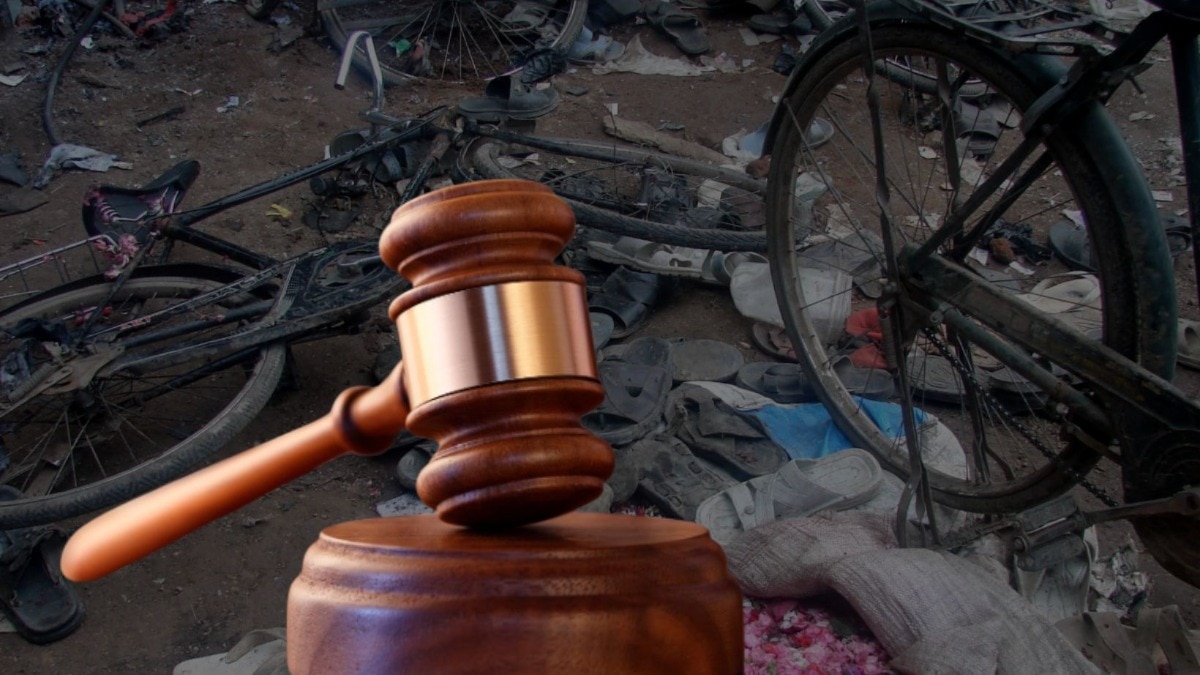
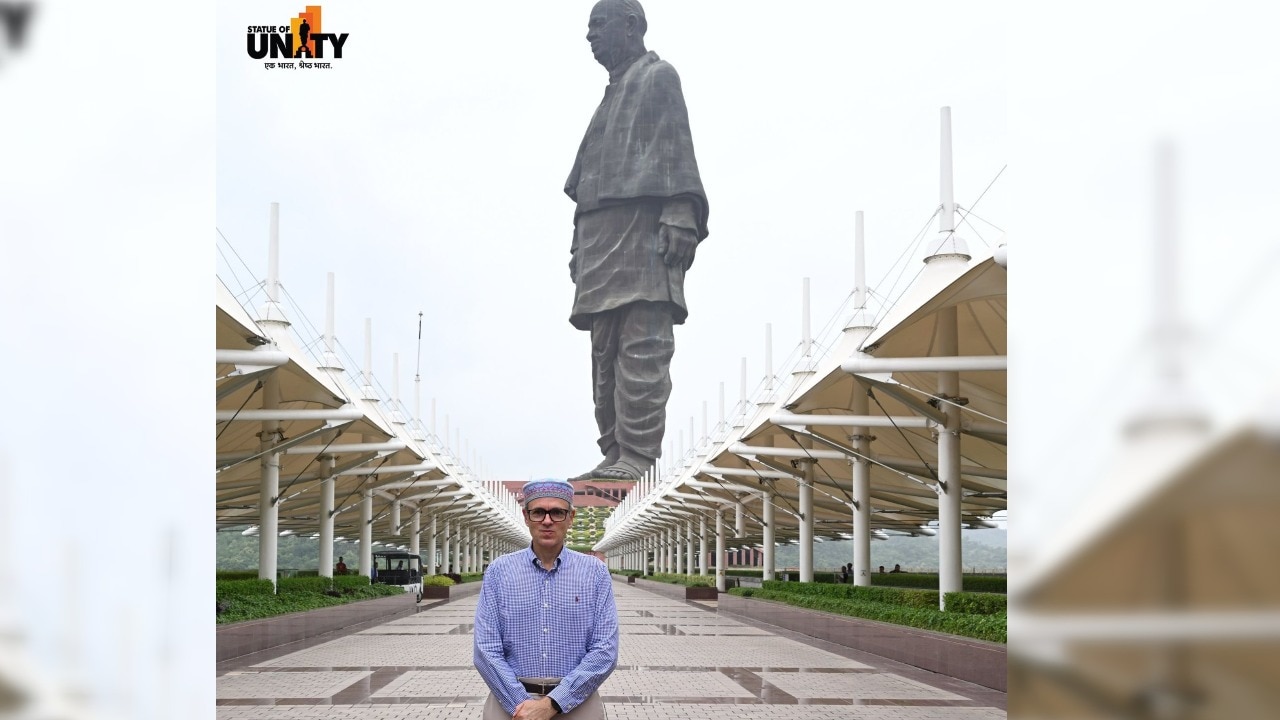
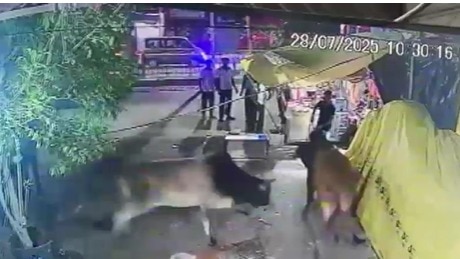




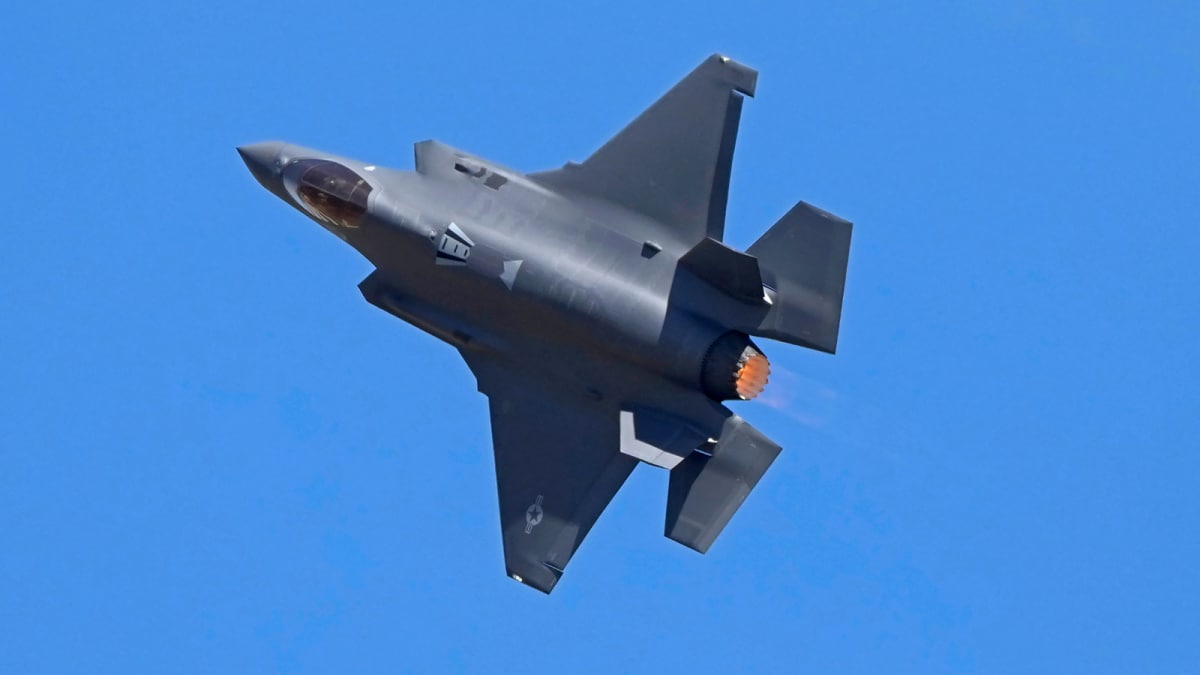
 English (US) ·
English (US) ·